Tucked into the far corner of the gargantuan Marina Bay Sands Convention Center on April 25, a score of food and agri-tech disruptors were competing for attention from 650 senior executives from major food, beverage, ingredients and flavours suppliers as well as investors from across the region looking for an Asia-based unicorn.
There were fibre-infused brownies and frozen yoghurt, low glycemic chocolate and rice (not combined or at least not yet), cricket chips and cookies, plant-based burgers, lab grown plant-based alternatives, some giant indoor grown truffles and alternative packaging start-ups.

The smorgasbord proved a hit with the delegates at the second edition of FIA’s Food for the Future Summit last Thursday. Innovation and the possibilities for collaboration between food giants and feisty start-ups was the core theme of the industry-focused event against a backdrop of creating more sustainable, convenient and healthier food and beverage options for Asia.
Ehab AbouOaf, FIA’s Outgoing President and Regional President, Asia-Australia, Middle East & Africa, Mars Wrigley Confectionery, stressed in his opening remarks at the Summit the importance of uncommon collaborations where big companies can lend their expertise and experience in building brands, marketing, distribution and supply chain management, while start-ups bring to the table their agility in innovation and new thinking among so many other elements.
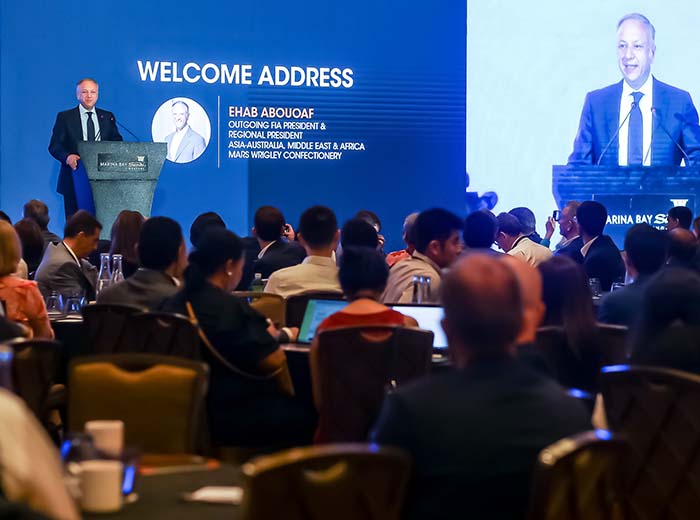
At the coffee break and while eyeballing Callery’s, a low calorie ice cream start-up, one senior exec at a multinational whispered that his company plans to continue its reformulation journey but was also looking at how it could build on existing brand trust to develop new consumer relationships through protein diversification, new textures and flavours. The challenge is you can’t disappoint the consumer in that first bite: yup, nothing beats the taste test!
Other execs managing billion-dollar brands in the region said they need more dedicated resources to focus on working with start-ups, hence the reason FIA launched a new innovation working group to engage entrepreneurs and SMEs and bring them together with regional R&D, innovation and commercial leads. A starting point is finding a common language to avoid the well-documented pitfalls of big and small trying to collaborate.
A couple of regulatory affairs directors naturally referred to the complexity of the regulatory environment for new and novel foods and how consumers perceive them, and what fears or concerns they have around safety and nutrition.
Regulatory hoops
Well, the newly-formed Singapore Food Agency (SFA) is taking the lead on this. SFA’s CEO Mr Lim Kok Thai said in a keynote address at the Summit how the Singapore government will continue to work towards creating an enabling environment to allow innovation to flourish, including an investment of S$144 million for food-related R&D programmes under the five-year Research, Innovation and Enterprise 2020 (RIE 2020) plan.
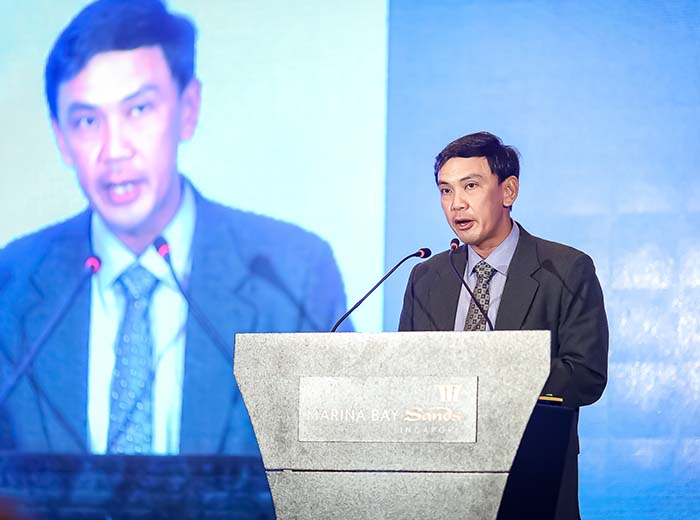
A part of this focus is novel foods and how new approaches to ensure the safety of new food products could work in the city-state. The work is already under way between FIA, SFA and A*STAR, the research and science arm of the Singapore government, to ensure we can bring new products and technologies to market.
The experts
As the day played out, the Summit sessions drilled down into details about wellness, convenience and sustainability: key priorities for all industry players. One panel of experts agreed that plastic packaging is the top issue given leakage into rivers and oceans. Mr Crispian Lao, Founding President of the Philippine Alliance for Recycling & Materials Sustainability (PARMS), highlighted that the most effective approach towards the current environmental issue is to develop a market for recycled materials, plastic, or construction material.
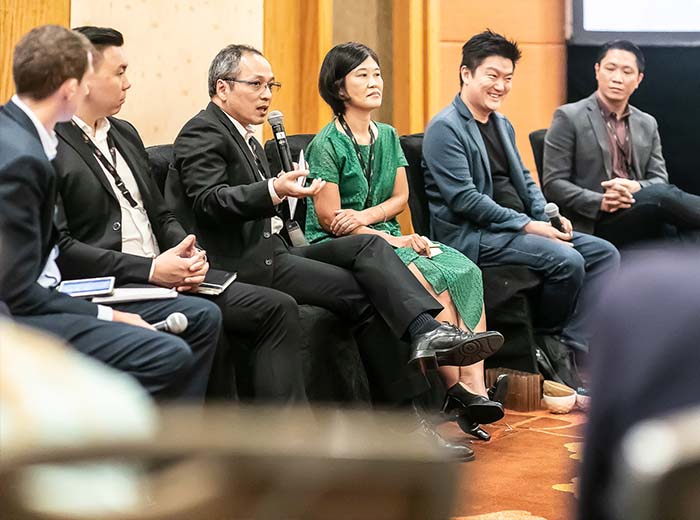
GrabFood’s Vice President and Head, Mr Tomaso Rodriguez, talked about becoming an aggregator of eco-friendly packaging which also lowers the cost for partners. Sealed Air’s Vice President for Food Care in Asia, Mr Onat Bayraktar, discussed leveraging data to design fit-for-purpose packaging, while
JR Group’s Chief Executive Officer, Ms Jocelyn Chng, said SMEs have to embrace technology to minimise food waste.
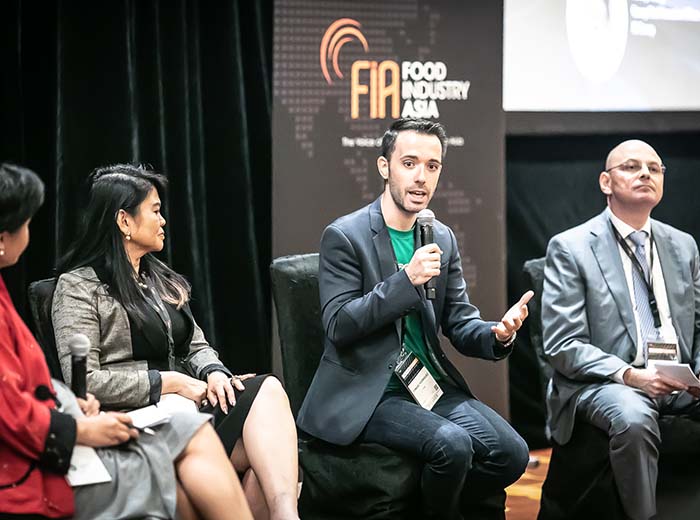
For the wellness panel, the importance of ingredients innovation and the need to create healthier foods for consumers were discussed. Nutrition Innovation’s Chief Executive Officer, Mr Matthew Godfrey, said that in Asia, there is a huge opportunity for companies to take the lead in technology and leverage the latest innovations in their reformulation efforts but perhaps they were not going as far as they could.
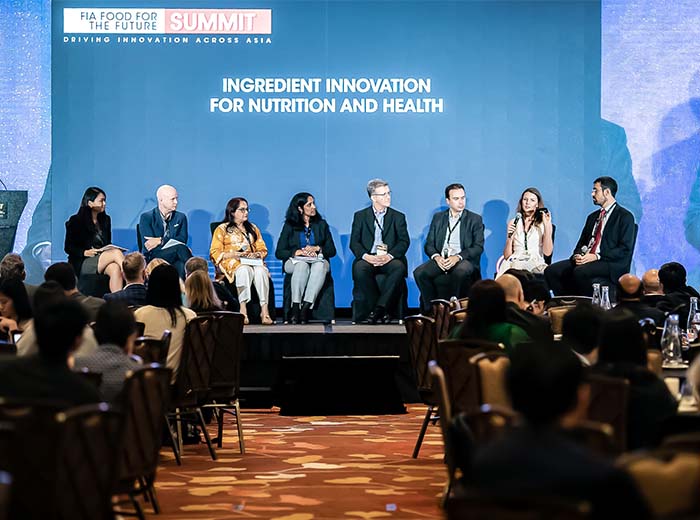
As an industry, we can always do more and that is why FIA’s Food for the Future Summit is the platform to showcase what is happening and spur greater and more positive action towards creating healthier, sustainable and convenient foods for consumers.
FIA issues regular e-bulletins with analysis on relevant food and beverage industry issues across the region. To subscribe to this service, please scroll to the footer and join our email list.
